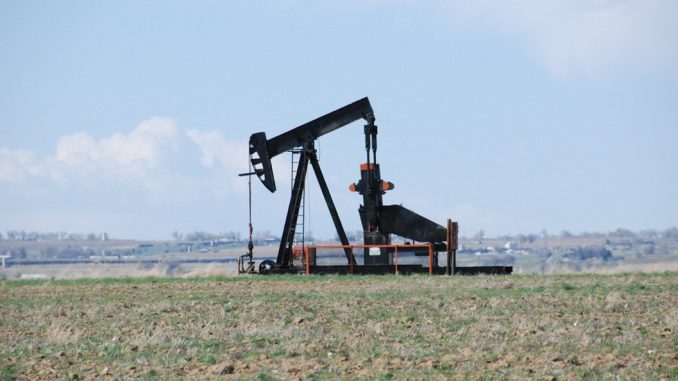
Everyone knows what oil is and most of us are aware of what an oil well looks like, but how many of us actually know how they work?
Once oil reserves have been identified and wells constructed, there are three main methods for the actual extraction of petroleum from beneath the Earth’s surface.
Primary recovery of oil
Primary recovery from oil reservoirs involves petroleum rising to the surface thanks to natural underground pressure. There are several types of pressure which make this happen.
In some instances, natural water can displace oil within the well, flushing the petroleum to the top. The expansion of petroleum gas at the top of the reservoirs or the expansion of gas dissolved into the oil has a similar effect.
When primary recovery is possible, all that is necessary for the extraction of petroleum is to place a set of valves at the head of the well to connect it to a pipeline, from where the oil can be stored, processed and transported.
Primary recovery was how oil wells traditionally worked and accounted for up to 15 percent of extraction from reserves. Most of the fields containing petroleum which can be extracted in this way have long since been used up, except for in previously untapped parts of the world such as Alaska.
Once the natural pressure within a well becomes too low for primary recovery to take place, secondary recovery methods take over.
Secondary recovery of oil
Secondary recovery of oil involves pumping external energy into the well to flush petroleum out. This technique is used in wells where either primary recovery is not possible or where pressure in an older well has fallen to the point that natural extraction is no longer occurring.
Pipes run into the oil well, injecting it with water or gas and forcing petroleum to the surface. Water can be used to extract around 30 percent of petroleum from a well, making it the most effective technique there is.
Gas injection involves carbon dioxide or another inert gas reducing the density of the oil-gas mix within the well, improving the upwards mobility of the oil.
Tertiary recovery of oil
Tertiary recovery of oil in wells is a work method whereby oil is heated, reducing its viscosity and therefore making it easier to extract.
The most common way of warming oil is by injecting steam produced by an on-site Combined Heat & Power Plant into the reservoir.
A gas turbine in a CHP Plant is used to generate electricity and the waste heat from the process produces steam which is then pumped into the well, thinning the oil so that it can be recovered.
Fire flooding is an alternative form of tertiary recovery, whereby oil within the well is set on fire to reduce the viscosity of petroleum within the reservoir.
Tertiary recovery is particularly useful where reserves are made up of heavy oil, including in California’s San Joaquin Valley, a region which accounts for 10 percent of the United States’ oil extraction. At the Midway-Sunset Oil Field in California, the use of steam injection tripled the petroleum extraction rate.
Oil producers much prefer to rely on primary and secondary recovery because of the high costs involved with tertiary recovery. Often, oil wells which rely on tertiary recovery to work will only be used when the price of oil is high enough to deliver a profit.
If oil prices are low, then it is not worth extracting via tertiary means and so production is curtailed until such time as the demand is there.

Leave a Reply